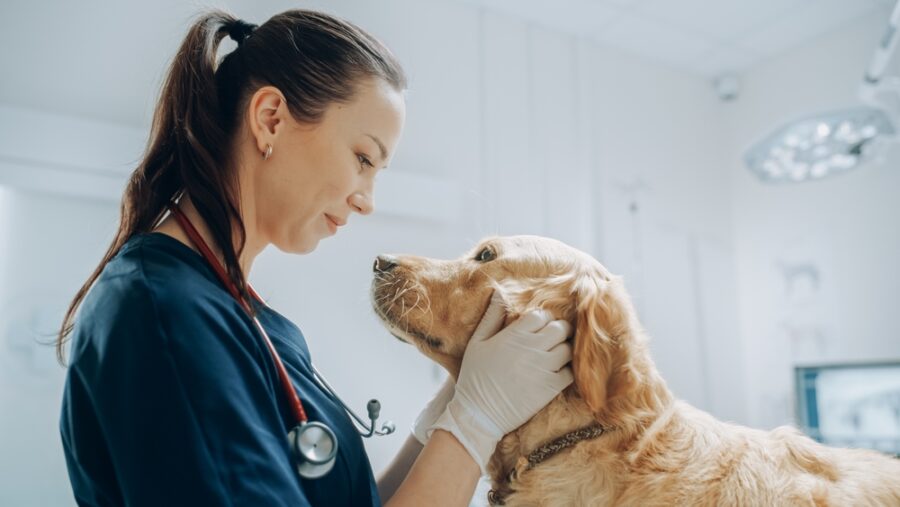Acute canine polyradiculoneuritis (ACP) is a common peripheral neuropathy that is typically self-limiting and benign. However, delayed diagnosis of ACP can hinder the treatment of other causes of acute weakness that have different prognoses and may require specific treatments. A retrospective multicenter study aimed to determine if early electrodiagnostic (EDX) tests, performed within the first six days of symptom onset, can detect alterations indicative of ACP and characterize the most prevalent abnormalities.
Early EDX Testing: Assessing Feasibility and Effectiveness
The study retrospectively analyzed 71 dogs with suspected ACP, divided into two groups based on the timing of EDX tests — the early group (EG), comprising tests conducted within one to six days after symptom onset; and the late group (LG), comprising tests conducted within seven to15 days after symptom onset. The objective was to assess whether EDX performed within the first six days could identify abnormalities suggestive of ACP.
Motor Nerve Conduction Studies and F-Wave Analysis
Surprisingly, the study found no significant differences between the EG and LG in motor nerve conduction studies (MNCSs) and F-wave analysis. This suggests EDX tests are capable of detecting abnormalities associated with ACP even in the early stages of the disease. Early testing allows for a prompt diagnosis, ruling out more severe neuro-muscular conditions and facilitating appropriate treatment.
Electromyographic (EMG) Alterations: Comparing EG and LG
While the LG showed significantly greater degrees of electromyographic (EMG) alterations compared to the EG, the study still observed frequent muscle alterations in the early group. This indicates that even in the first six days from symptom onset, EDX tests can reveal important muscle abnormalities that aid in the diagnosis of ACP. Early detection plays a crucial role in initiating timely and appropriate treatment, leading to improved patient outcomes.
The Importance of Early Neurophysiological Examinations
The findings from this study support the use of early EDX testing in suspected ACP cases. Conducting neurophysiological examinations within the first six days of clinical onset allows for the timely identification of ACP-related abnormalities. By ruling out other potential causes of acute weakness, veterinarians can confidently initiate treatment protocols specific to ACP, optimizing patient care and potentially improving prognosis.
Practical Implications for Veterinarians and Owners
The study’s findings offer valuable supplementary information for veterinarians and owners alike. Early neurophysiological evaluations provide crucial insights into the presence of ACP and guide appropriate treatment decisions. By promptly ruling out other more severe neuromuscular conditions, veterinarians can focus on managing ACP effectively, potentially reducing morbidity and improving overall patient outcomes.
This retrospective multicenter study highlights the feasibility and effectiveness of early EDX testing in detecting ACP-related abnormalities within the first six days of symptom onset. Early neurophysiological examinations aid in ruling out other causes of acute weakness and facilitate timely and appropriate treatment for ACP. Veterinarians are encouraged to prioritize early EDX testing in suspected ACP cases to ensure prompt diagnosis and optimize patient care.







